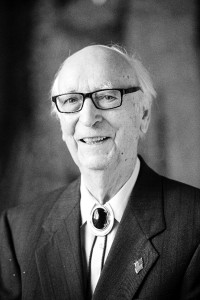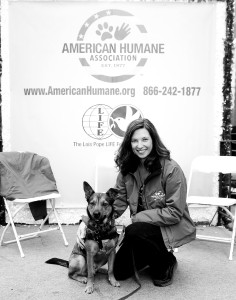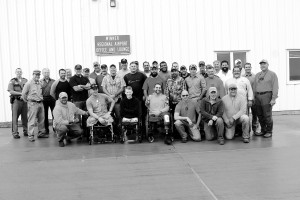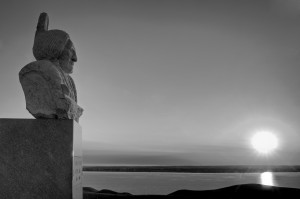“I got credit down at the grocery store and my barber tells me jokes…” —Roger Miller
ROLLING FORK, Miss.—The chosen theme for this year’s National Newspaper Week is “Power of the Press,” and that power, it seems to me, is a very relative thing.
Everybody understands the power of, say, The New York Times or The Washington Post, but probably less recognized and appreciated is the power of the Deer Creek Pilot and the thousands of other small, community newspapers just like it all across the land.
In survey after survey, it is these little community-minded newspapers that are continuing to thrive. And there are some very tangible, observable reasons for that, not the least of which might be the notion I share that the smaller the community, the more important its newspaper.
For more than 20 years now, I have put out a little country weekly that’s been published continuously for 138 years in what most folks might consider Backwater, U.S.A., the two poorest counties in the poorest state in the union with a combined population of less than 6,500 men, women and children.
And it is neither flippant nor hyperbolic when I say that little country weekly newspaper is the only news organization on the planet Earth that gives the first tinker’s damn about Sharkey and Issaquena counties, Mississippi. That, folks, is what makes the Deer Creek Pilot mighty, mighty important to those people who call that place home.
While mine might serve as prime example, it is in that respect no different from all those other community newspapers in all those other towns in this country.
Community newspapers have the power to bring about great good and make a profound difference within their locales. And among the good ones, the ones who endure and even prosper, there is always to be found one common denominator—trust.
In a small town the local newspaper is not like the local hardware store. It simply isn’t.
In a small town, every newspaper subscriber thinks he or she is a stockholder, because there exists a real relationship, an implied contract, if you will, between that paper and its readers.
They buy your newspaper, advertise in your newspaper, sometimes even when they don’t have to, based on a simple precept: They trust you to do your very best to find the truth and to tell it to them.
News travels fast in a small town; bad news travels even faster, but all too often that “news” is no such thing. All too often, that “news” is little more than rumor, sometimes made up out of whole cloth and at best some grain of truth exaggerated in its retellings vastly, and often alarmingly out of proportion.
In a small town, readers expect their newspaper to separate the wheat from the chaff and then to “tell it like it is.”
And why not?
The community newspaper is not some monolithic entity; its editor is not some ivory towered “big shot.” He or she is also a neighbor. He or she is one who goes to church with you, or stops to chat in the grocery store or is always there to volunteer at community functions or stops to shake hands or just waves in passing.
More importantly, he or she is the one everybody else trusts to promote those things that are beneficial, and to try to stop that which is not. There’s a fishbowl effect in small towns, and its newspaper is hence, often its lightening rod. It may be praised one week and dog-cussed the next, but it is not only impossible, but really not important that it be liked. It’s important that it be respected and it is even more important that it be trusted.
I have been in this crazy business for some 38 years now, at both the daily and weekly levels, and been blessed to receive a few accolades along the way, but the greatest single compliment I have ever received came from a salt-of-the-earth little lady who stopped by the office to pick up a hot off the press edition featuring the issue du jour in my little town.
“I’ve heard all the talk, but I don’t believe it until I read in the paper,” she told me.
And that, in a nutshell, is the secret to the continued success of community newspapers.
That, in a nutshell, is the true Power of the Press.




